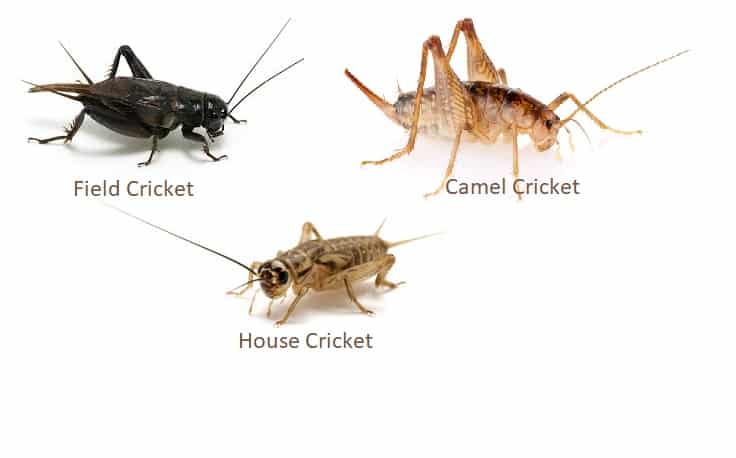
Cricket Pest Control Services
There three most common types of crickets that invade our homes in Georgia are the: House Crickets, Camel Crickets, Field Crickets. Crickets can be extremely annoying, but unless there are large numbers, they do little damage. They love to chew on anything, especially clothing. And while cricket infestations are rare, any pest can be a nuisance depending on where it is inside of your home.
House Crickets live outdoors but may come inside in considerable numbers. House crickets are nocturnal, staying hidden during the day. They have a distinctive chirping sound. They can drive you crazy trying to find them like hide & go seek.
Field crickets are another common nuisance. This cricket is slightly longer & darker than the House Cricket. Field crickets prefer to live outside in flower beds, overgrown grass and lawns. However, they do make their way inside often. Since Field crickets are attracted to lights at night, sometimes turning off these lights helps.
Camel crickets (humpback crickets) are not true crickets since they do not have wings. Camel Crickets are most often are found in crawl spaces and basements, but also like any cool and damp area like under logs or stones.
CRICKET CONTROL MEASURES
When we are responsible for controlling a cricket population it typically requires a strategic pesticide application outside along the perimeter of your home as well as habitat modifications and exclusion. Sealing off cracks and crevices to keep them from entering homes and structures should be done as much as possible. We will provide you with a quote to handle the exclusion measures if recommended.
Our approach with Cricket Control is identical to every pest that we handle.
- We perform a thorough inspection.
- Determine / Confirm the target pest.
- Devise a strategy.
With Southern Pest Management’s entire Pest Control Division, We adhere to an “Integrated Pest Management (IPM)” principle & philosophy which simply means we use a common-sense approach. We take advantage of existing mechanical & environmental controls (habitat modifications, removing attractants, using barriers, traps, etc.) combined with the responsible application of pesticides to eliminate the target pest. It is our goal to remove the pests while taking into consideration human health, non-target beneficial species, and the environment.
